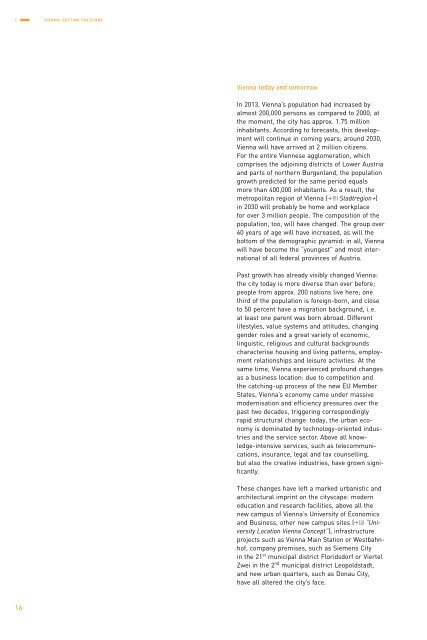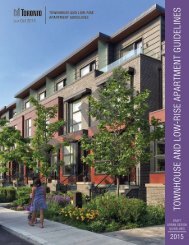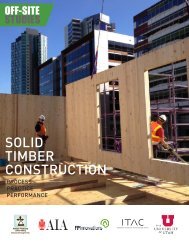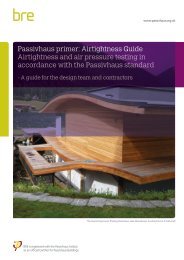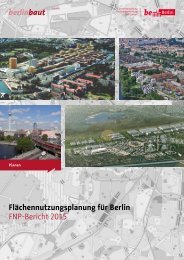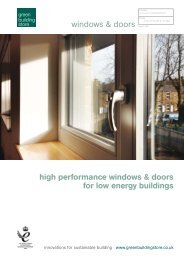TRUE URBAN SPIRIT
b008379b
b008379b
Create successful ePaper yourself
Turn your PDF publications into a flip-book with our unique Google optimized e-Paper software.
1 VIENNA: SETTING THE STAGE<br />
Vienna today and tomorrow<br />
In 2013, Vienna’s population had increased by<br />
almost 200,000 persons as compared to 2000; at<br />
the moment, the city has approx. 1.75 million<br />
inhabitants. According to forecasts, this development<br />
will continue in coming years; around 2030,<br />
Vienna will have arrived at 2 million citizens.<br />
For the entire Viennese agglomeration, which<br />
comprises the adjoining districts of Lower Austria<br />
and parts of northern Burgenland, the population<br />
growth predicted for the same period equals<br />
more than 400,000 inhabitants. As a result, the<br />
metropolitan region of Vienna ( Stadtregion +)<br />
in 2030 will probably be home and workplace<br />
for over 3 million people. The composition of the<br />
population, too, will have changed. The group over<br />
60 years of age will have increased, as will the<br />
bottom of the demographic pyramid: in all, Vienna<br />
will have become the “youngest” and most international<br />
of all federal provinces of Austria.<br />
Past growth has already visibly changed Vienna:<br />
the city today is more diverse than ever before;<br />
people from approx. 200 nations live here; one<br />
third of the population is foreign-born, and close<br />
to 50 percent have a migration background, i. e.<br />
at least one parent was born abroad. Different<br />
lifestyles, value systems and attitudes, changing<br />
gender roles and a great variety of economic,<br />
linguistic, religious and cultural backgrounds<br />
characterise housing and living patterns, employment<br />
relationships and leisure activities. At the<br />
same time, Vienna experienced profound changes<br />
as a business location: due to competition and<br />
the catching-up process of the new EU Member<br />
States, Vienna’s economy came under massive<br />
modernisation and efficiency pressures over the<br />
past two decades, triggering correspondingly<br />
rapid structural change: today, the urban economy<br />
is dominated by technology-oriented industries<br />
and the service sector. Above all knowledge-intensive<br />
services, such as telecommuni -<br />
cations, insurance, legal and tax counselling,<br />
but also the creative industries, have grown significantly.<br />
These changes have left a marked urbanistic and<br />
architectural imprint on the cityscape: modern<br />
education and research facilities, above all the<br />
new campus of Vienna’s University of Economics<br />
and Business, other new campus sites ( “University<br />
Location Vienna Concept”), infrastructure<br />
projects such as Vienna Main Station or Westbahnhof,<br />
company premises, such as Siemens City<br />
in the 21 st municipal district Floridsdorf or Viertel<br />
Zwei in the 2 nd municipal district Leopoldstadt,<br />
and new urban quarters, such as Donau City,<br />
have all altered the city’s face.<br />
16


